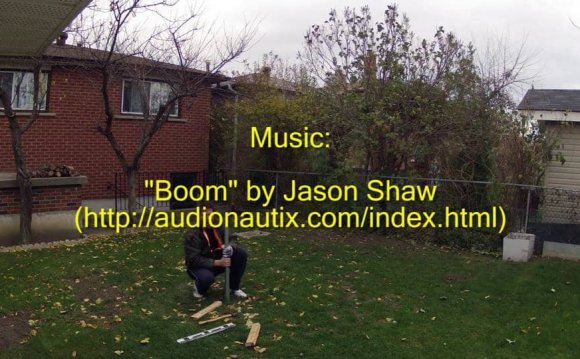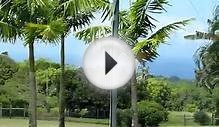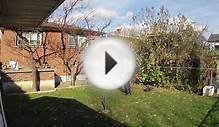
- some essential hints and tips for radio amateurs or radio hams about deciding upon how to install the best radio antenna or aerial for operating on the amateur radio bands.
A radio antenna is the crucial link in any receiving or transmitting station whether it is used for ham radio, short wave listening, or for commercial or professional use. The overall performance of the radio station depends upon the performance of the radio antenna. A good radio antenna will enable the performance of the whole radio communications station to be maximised, whereas a poor antenna will degrade the capabilities of the transmitter and receiver regardless of how good they are.
Radio stations used for professional or commercial applications have a large degree of flexibility and they will site antennas where they will give a suitable level of performance. However for ham radio enthusiasts and short wave listeners it is necessary to install the best antenna around the house. Very few ham radio operators are able to utilise a field or other large area, and often the radio antenna will be something of a compromise. Nevertheless, by following a few guidelines, it is possible to make the best of any radio antenna installation and ensure that its performance is as good as it possibly can be. In addition to this it is worth mentioning that it is usually necessary to undertake some experimentation to find out what type of radio antenna works best for a given location and style of radio operation.
Some hints and tips are given below, but these can only be general guidelines, and they are not exhaustive. However they form a good starting place when thinking of installing a ham radio antenna system
General antenna situation
One of the most important aspects of setting up any radio antenna is its location. The location of the antenna will govern many aspects of its operation, and therefore the location of the antenna must be determined along with the type of antenna to be used. A number of points associated with the antenna should be considered:
- Choose a location where the radio antenna can "see" all around: In order for to operate at its best it must be able to "see" all around it. To be able to achieve this it should be kept away from nearby objects that might act as a screen. In this way the maximum amount of signal can be reach or leave the antenna without being absorbed in nearby objects.
- Remember that nearby objects can "detune" an antenna: When considering the location of a radio antenna it is worth remembering that nearby objects can detune an antenna even if they do not affect the all round visibility. Nearby objects can cause an antenna to operate away from its resonant point and become less efficient. This is very important for antennas that are cut to a particular length and do not have a means of being tuned in situ. Many items can cause this to happen - metal items as well as electrical wiring are particularly bad but even trees can degrade the performance of antennas in this way. Generally the effects are noticeable within distances of a wavelength or two, the closer the object and the greater the conductivity the greater the effect.
- Consider suitable points for anchoring antennas: Horizontal antennas need anchor points at either end. It is worth considering whether there are any suitable anchor points already in existence. Chimneys or other points on the house can provide one suitable point. Trees may also be located conveniently, although pulley schemes are required to enable any movement in the tree due to wind to be taken up without snapping the antenna wire. Also it may be possible to erect a pole or antenna mast and consideration can be given to this possibility and its location. Whatever option is decided upon, this must be considered at the outset.
- Inside or out: In many instances the use of an internal radio antenna may have to be considered. External antennas operate better because they can be further away from objects that will introduce loss or detune the antenna. It is very difficult to estimate the amount of loss which having an antenna inside the house has. The roof or brickwork will cause the signal to be reduced, especially when it is wet. The amount of loss will also depend on the frequency. For VHF and UHF signals this will be much greater.
Antenna height
Although the height of a radio antenna could be considered under the general situation of the antenna, the height is very important and can make a marked difference to its performance. As a result the various points are considered separately.
INTERESTING VIDEO












